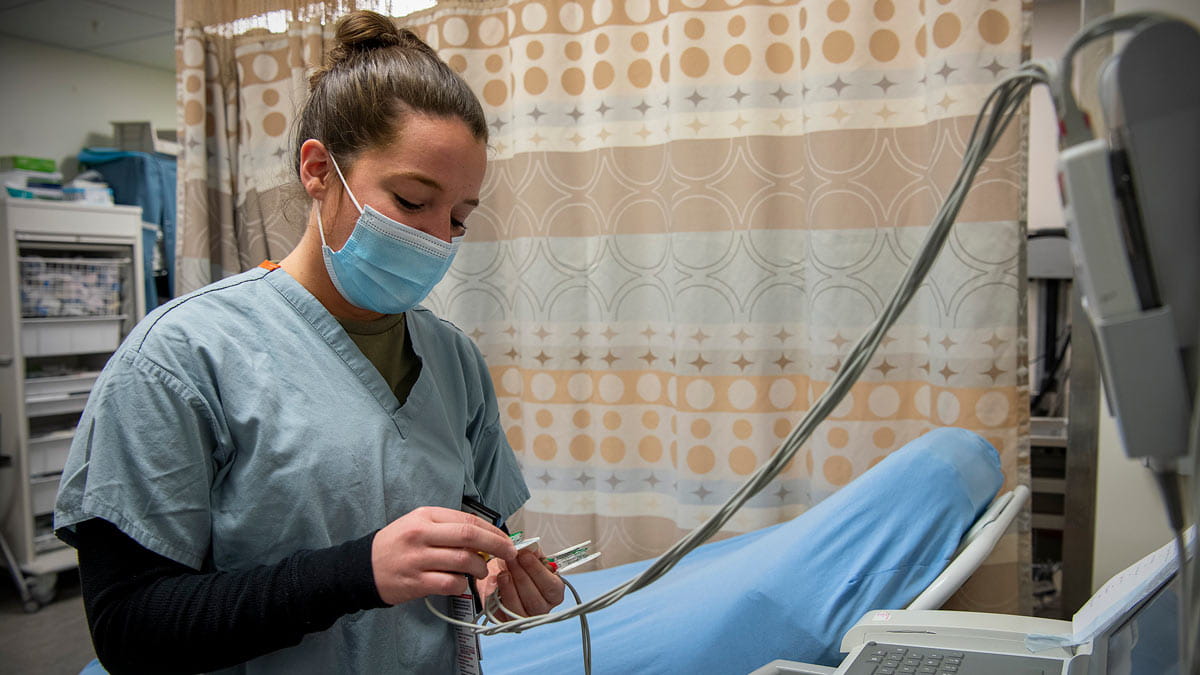How to recognize and treat a stye

Styes on the eyelids are common and can occur in both men and women of all age groups. While styes are not necessarily dangerous, they have the potential of becoming a serious problem.
What is a stye?
A stye, also referred to as a “hordeolum” by eye care providers, is a bump that can form on the eyelid. The eyelid margin, which is the edge of the eyelid, near where the eyelashes grow, contains the eyelash follicles as well as oil glands. A stye develops when there is inflammation of these oil glands, frequently as a result of these glands becoming obstructed or clogged.
Although only rarely, this condition can progress to cause an infection of the tissues around the eye, called cellulitis. A cellulitis potentially can become a serious problem and may require urgent medical evaluation.
What are the symptoms of a stye?
Usually people with styes will notice a bump on their eyelid, and that may be their only symptom. It can be red and tender, and may be associated with swelling of the eyelid. Sometimes the associated eyelid swelling can cause you to have problems with your vision.
Additionally, sometimes people will have a mild irritation of the eye on the affected side. If the stye drains, you may notice this drainage or discharge. With time, the redness and tenderness can sometimes resolve, and you may be left with a painless eyelid bump.
What are the treatments for a stye?
Because styes tend to result from obstructed or blocked oil glands, treatment is usually aimed at unclogging these glands. The mainstay of treatment tends to be performing warm compresses to the eyelids in order to promote drainage of these glands.
Applying a clean, warm washcloth to the eyelids for 10 minutes at a time, several times per day, can be very effective.
Sometimes your eye care provider may prescribe you an eye drop to help decrease the associated inflammation. If they feel that there is an associated infection, they may also recommend an antibiotic, but this isn’t always the case.
Why shouldn't I squeeze or poke a stye?
This action likely won’t be very effective and will probably only cause the eyelids to become more inflamed and swollen. Additionally, since styes tend to be so close to the eye itself, it can be dangerous to try to squeeze the stye, as you may inadvertently cause injury to the eye.
Whatever you do, definitely keep all sharp objects away from the eye and eyelids, as very serious injuries can occur in these situations.
When should you see a clinician?
If the area is very red and painful, the eye itself hurts or your vision is affected, that would be a good time to see an eye care provider, such as an optometrist or ophthalmologist. If you feel like the stye is progressing, that’s also a reason to see your eye care provider.
While it’s likely the professional will encourage you to keep up with the warm compresses, they may prescribe a drop or oral medication if necessary. In some cases, especially if the stye has been there for several weeks or even longer, it may be necessary to perform an in-office procedure called an incision-and-curettage, to make a small incision in the stye and release its contents.
Why do I keep getting styes?
Some people can be predisposed to developing styes because of chronically clogged oil glands (also known as Meibomian gland dysfunction), or because of debris and bacteria accumulating on their eyelashes and eyelid margin (called blepharitis). Performing warm compresses regularly can promote the normal release of oil from the oil glands, and help prevent these glands from becoming obstructed or clogged.
Performing eyelid washes can be helpful in people with Meibomian gland dysfunction and blepharitis. I typically instruct patients with these problems to put a small drop of baby shampoo on their clean fingertips, create some suds with water and gently wash their eyelashes. It can be helpful to incorporate warm compresses and eyelid washes into your daily routine.
Mona Adeli is an assistant clinical professor of Ophthalmology in the Department of Ophthalmology and Visual Science at The Ohio State University.




